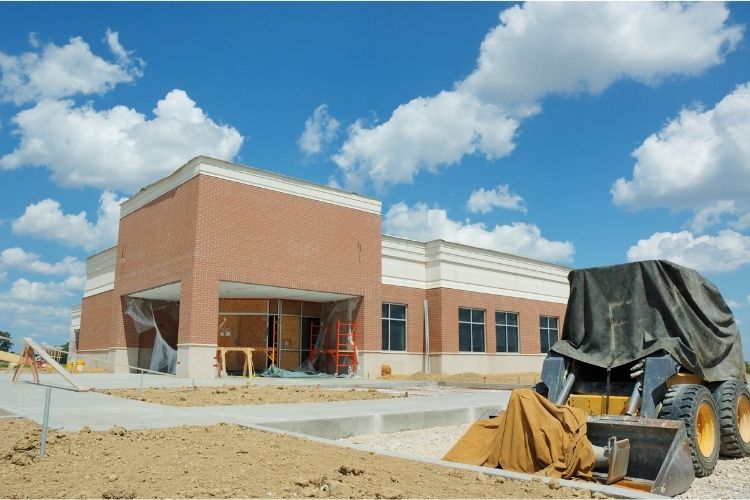The outbreak of COVID-19 acted as a restraint on the non-residential construction market in 2020 as supply chains were disrupted due to trade restrictions and construction activities were affected due to lockdowns imposed by governments globally. As many governments restricted the movement of goods across countries and locally, companies had to halt construction activities due to lack of equipment and raw material.
According to a report by TBRC (The Business Research Co.), Asia Pacific was the largest region in the global nonresidential building construction market, accounting for 42.4% of the total in 2021. It was followed by North America, Western Europe, and then the rest of the world. Going forward, the fastest-growing regions in the segment will be Africa and Asia Pacific, where growth will be at CAGR (combined annual growth rates) of 17.3% and 9.2% respectively, during 2021-2026.
The segment is expected to grow from $2675.51 billion in 2021 to $2989.95 billion in 2022 at a compound annual growth rate (CAGR) of 11.8%. The growth in the non-residential building construction market is mainly due to the companies rearranging their operations and recovering from the COVID-19 impact, which had earlier led to restrictive measures involving social distancing, remote working, and the closure of commercial activities that resulted in operational challenges. The global non-residential building construction market is expected to reach $4484.30 billion in 2026 at a CAGR of 10.7%.
Nonresidential building construction companies are increasingly using green construction techniques to build energy efficient buildings and reduce construction costs. Green construction includes using sustainable building materials and construction processes to create energy-efficient buildings with minimal environmental impact. According to the World Green Building Trends Survey, about 60% of construction firms across the globe were involved in green construction projects.
Certifications such as LEED (Leadership in Energy and Environmental Design) help construction companies to develop high-performance, sustainable residential and commercial buildings, and also offer a variety of benefits, from tax deductions to marketing opportunities. Sustainable construction materials such as natural paints and steel beams made from recycled material are being widely used. Other green construction techniques such as cross-ventilation for a more natural environment, and green construction software, such as Construction Suite from UDA Technologies, to ensure green compliance are being used.
Nonresidential building construction companies are using robotics for increased productivity, to get work done quicker, cheaper and with more precise detail. Construction robots are automated machines that assist in construction. Technology from San Francisco startup Built Robotics, as an example, lets construction machinery such as diggers and dozers operate autonomously. A growing array of robotic equipment can take over specialized construction tasks including welding, drilling, and bricklaying. For instance, more than four out of five (81%) of the world’s construction companies say they are planning to introduce robots into their operations during the coming decade, partly in response to a growing skills crisis.
Want to tweet about this article? Use hashtags #construction #sustainability


